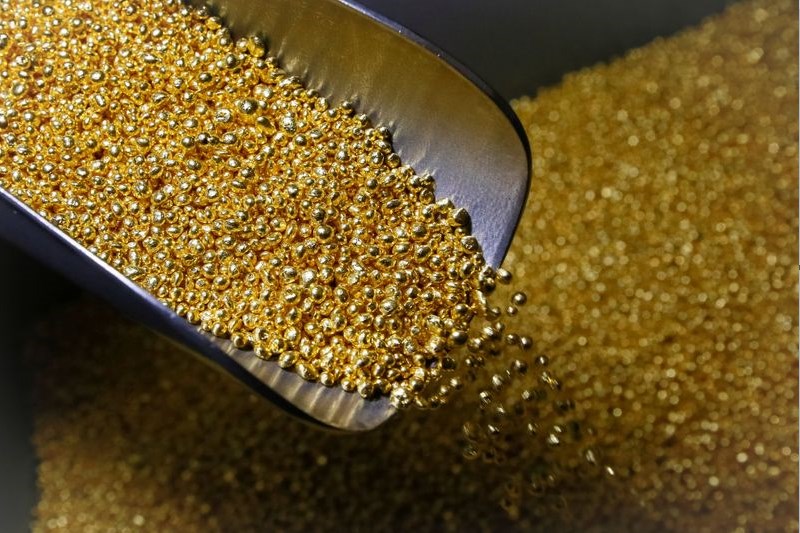Pilgrim Global buys Sable Offshore (SOC) shares worth $14.7m
Investing.com-- Gold prices edged higher Thursday, near a two-week high, underpinned by bets on a September interest rate cut by the Federal Reserve.
At 09:00 ET (13:00 GMT), spot gold gained 0.1% to $3,398.42/oz and gold futures for October rose 0.3% to $3,456.90/oz.
Fed September rate cut bets rise
Gold’s gains this week came amid increasing concerns over the Fed’s independence, following President Donald Trump’s move to fire Fed Governor Lisa Cook. The attempted firing sets the Fed and Washington up for a protracted legal battle, during which Cook is expected to maintain her post.
But this still saw markets increase their bets on a September rate cut by the central bank, especially after Chair Jerome Powell signaled last week that such a move was possible.
Fed fund futures showed markets pricing in a 84.9% chance for a 25 basis point cut in September, up from 78.4% seen a week ago, CME Fedwatch showed.
Powell noted some cooling in the labor market, but still remained largely non-committal towards future rate cuts, citing uncertainty over the inflationary impact of Trump’s policies.
The dollar retreated this week on bets of a September cut, benefiting gold and broader metal prices. While the greenback did curb some of its losses, most commodity prices remained upbeat.
Spot platinum fell 0.1% to $1,347.25/oz, while spot silver rose 1.2% to $39.188/oz.
Among industrial metals, benchmark copper futures on the London Metal Exchange rose 0.5% to $9,812.0 a ton and COMEX copper futures gained 0.5% to $4.5185 a pound.
Lower rates typically benefit metal prices by lowering the opportunity cost of investing in non-yielding assets.
U.S. GDP expanded more than expected in Q2
The U.S. economy expanded by more than initially reported in the second quarter, adding to the uncertainty ahead of the Federal Reserve’s policy-meeting next month.
U.S. gross domestic product, an indicator of growth in the world’s biggest economy, expanded by 3.3% during the April to June period, according to the second estimate from the Commerce Department’s Bureau of Economic Analysis on Thursday.
The initial estimate had suggested that the U.S. economy grew by 3.0% in the first quarter, after contracting by 0.5% in the first quarter.
More closely watched will be PCE price index data for July, which is due on Friday. The print is the Fed’s preferred inflation gauge, and is expected to show inflation remaining steady and above the central bank’s 2% annual target.
Ambar Warrick contributed to this article
